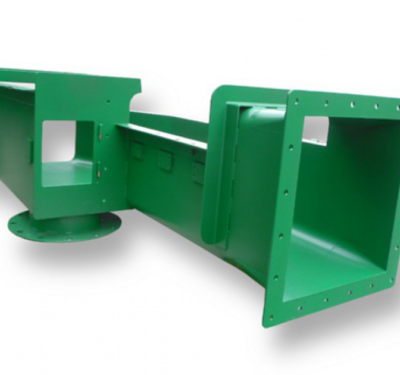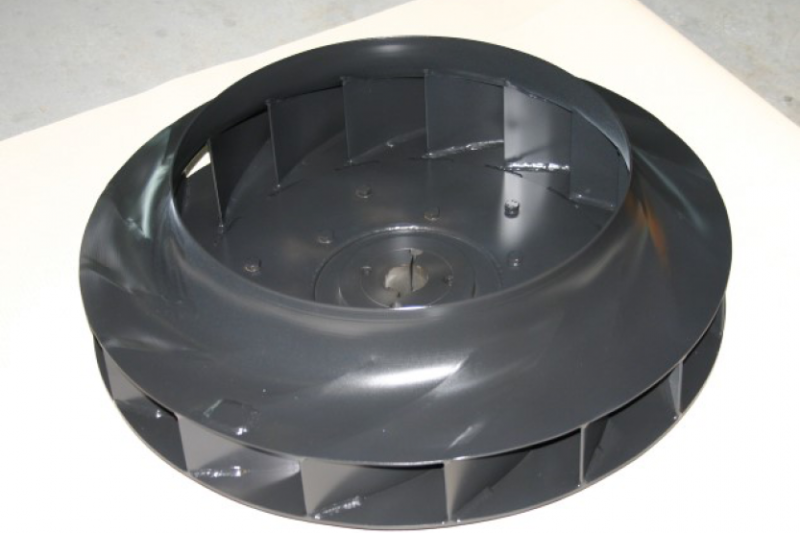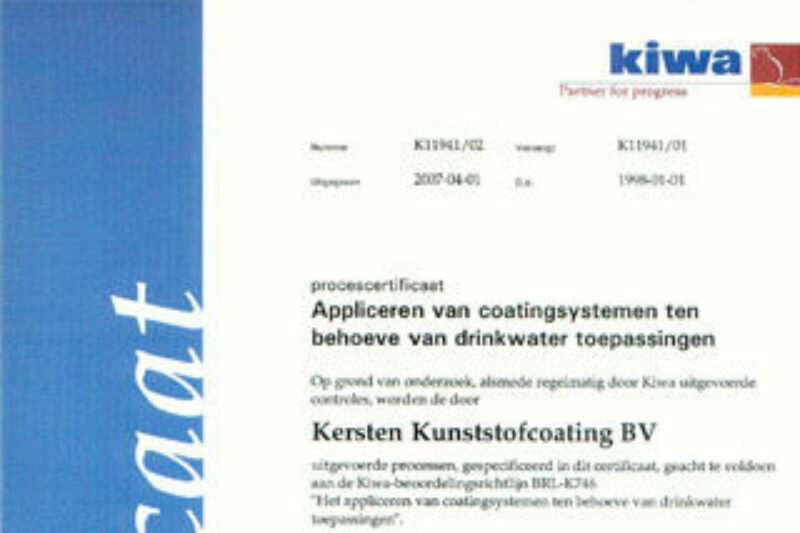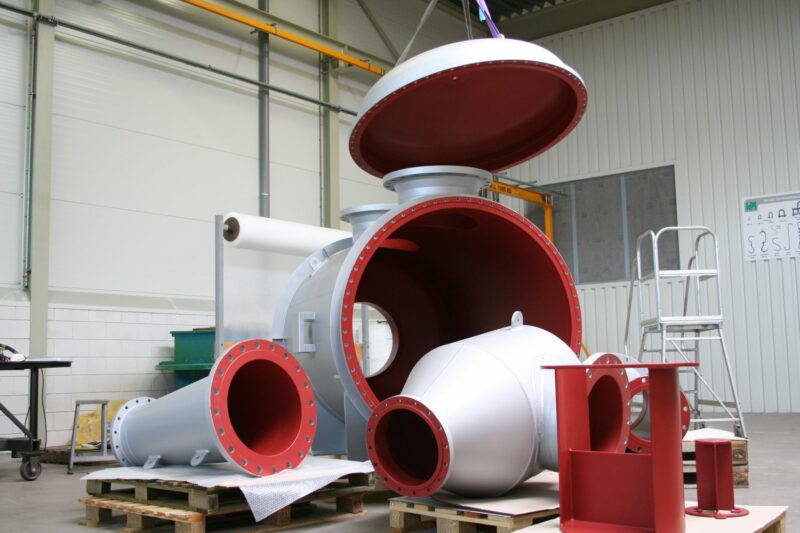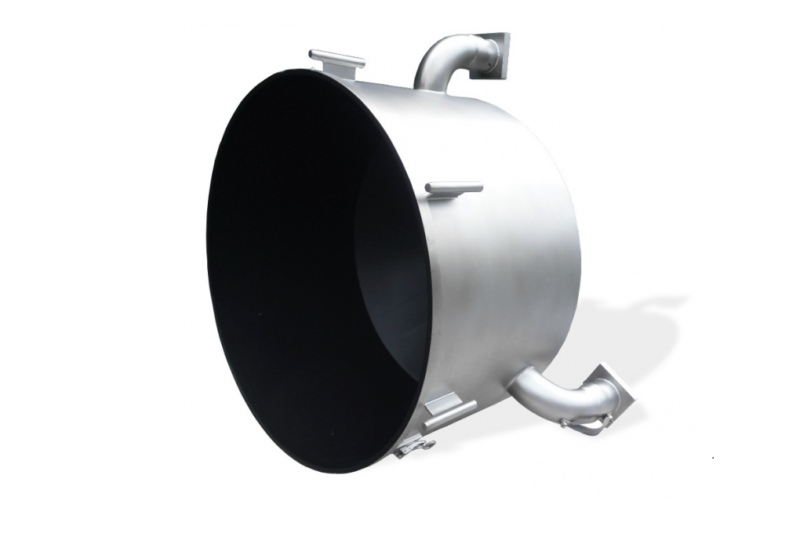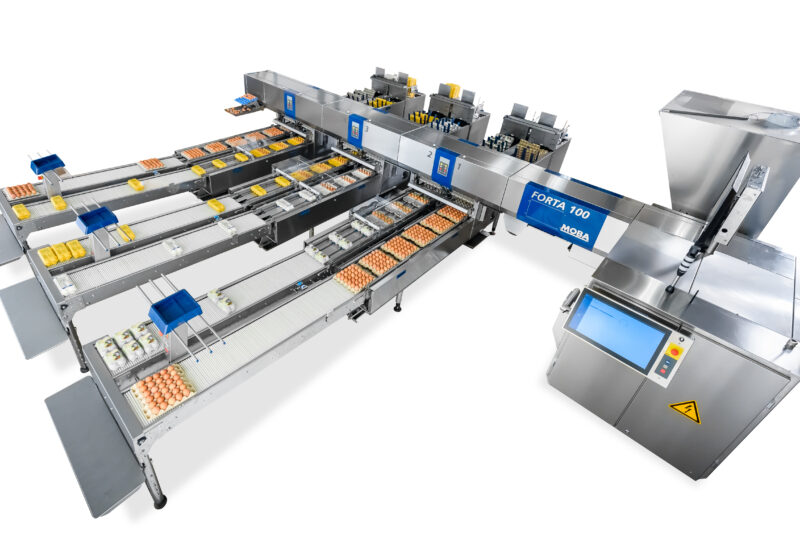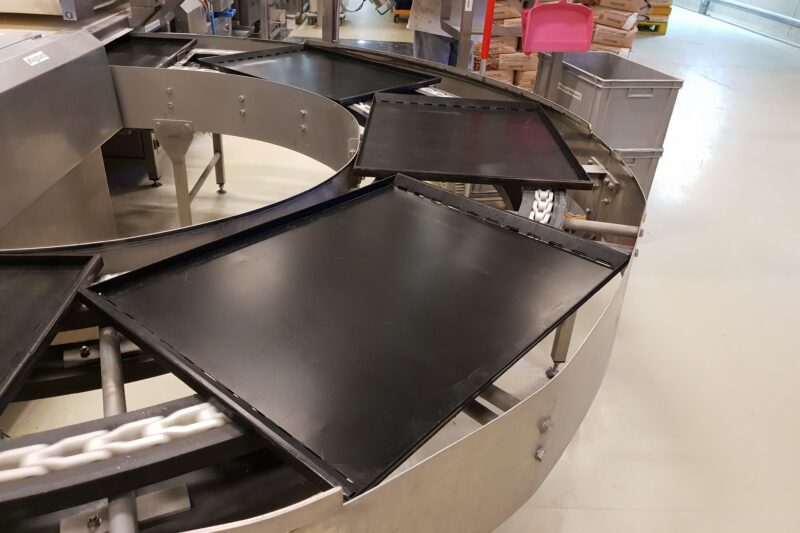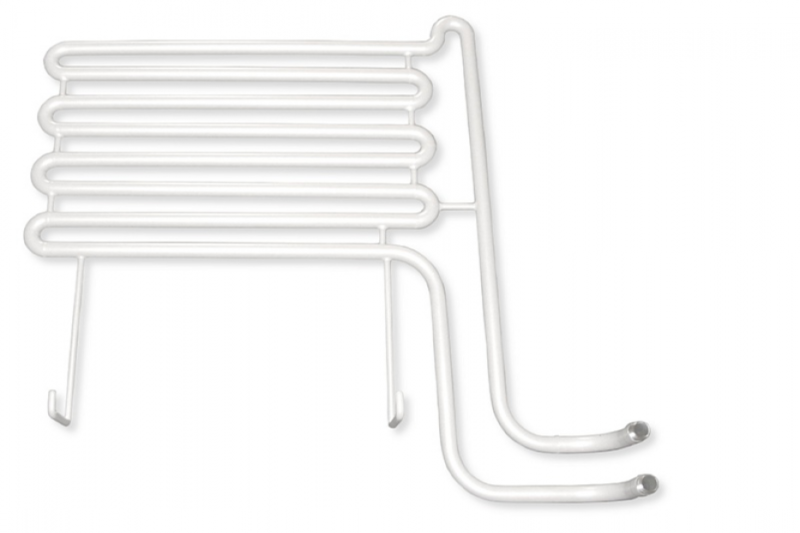Xylan®
Non-stick and low-friction characteristics
Xylan® is a brand name owned by PPG / Whitford for a large group of fluoropolymers that we generally use for their excellent non-stick and low-friction properties. The maximum operating temperatures are between 205 and 260ºC.
Colours and layer thicknesses
The Xylan® fluoropolymers are in most cases wet lacquers that are dried after being applied. We then cure (harden) the coating at temperatures between 200 and 400°C. We can supply various colours in one, two or three-layer systems. The layer thickness of these coatings depends on the number of layers chosen. On average the layer thickness is around 15 to 40 μm.
Oplossing laag
Branches
FAQ
The following components are used for dry film lubrication: PTFE, graphite and Molybdenum disulphite (MoS2). These products reduce friction so that no oils and fats are required. These coatings are mainly used in clean rooms.
PPG / Whitford's Xylan® coatings are particularly suitable for these applications. However Xylan® is a large family of coatings with different subgroups and specifications. If you wish to receive further information about these subgroups, please contact us !
An important application for dry film lubrication coatings is the coating of bolts and nuts in the offshore.
Friction creates heat and can lead to wear. Low friction resistance means little heat and less wear. These coatings are used in particular at high temperatures, where conventional oils and fats can no longer be used. Or in the foodbusiness in case products need to slide to or into their next position in the process.
Abrasion resistance is the degree to which a coating is resistant to wear. It should be noted that certain coatings are more resistant to abrasive wear than others, but no coating will be able to fully prevent abrasive wear.
Research has shown that thermoplastic coatings in particular are more resistant to wear than epoxy coatings. Thermoplastic coatings are able to withstand the influences of the solid parts much better due to it's flexible nature. Some coatings have a better resistance to wear due to the fact that they can be applied in thicker layers, as there are:
- Rilsan®
- Halar®
- ETFE
- PFA Ruby Red
Wear resistance is important when liquids or gases are contaminated with solids. Some examples of applications when wear resistance is important:
- Cooling water treatment based on sea water. Especially inside harbors solids are present in water.
- Sewage treatment.
- (Process) Water treatment.
Fluoropolymers are coatings known for their good non-stick properties. In addition to Xylan® and Halar®, Teflon® is also a household name in this field. The name Teflon® is used by it's manufacturer for a large group of fluoropolymers, such as PTFE, FEP, PFA and ETFE.
The food industry in particular uses non-stick coatings. These coatings are resistant to high temperatures and are easy to clean. These properties also come in handy for many other applications.
Fluoropolymers with good non-stick properties are used in processes that are subject to contamination. By using these coatings machines will pollute less quickly and the machines will be easier to clean.



